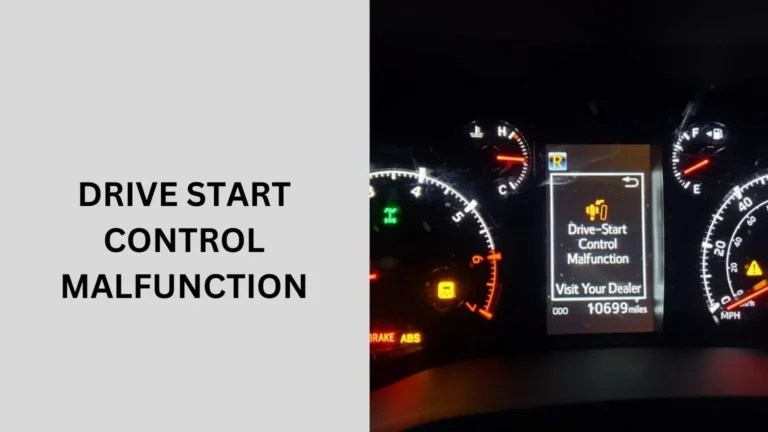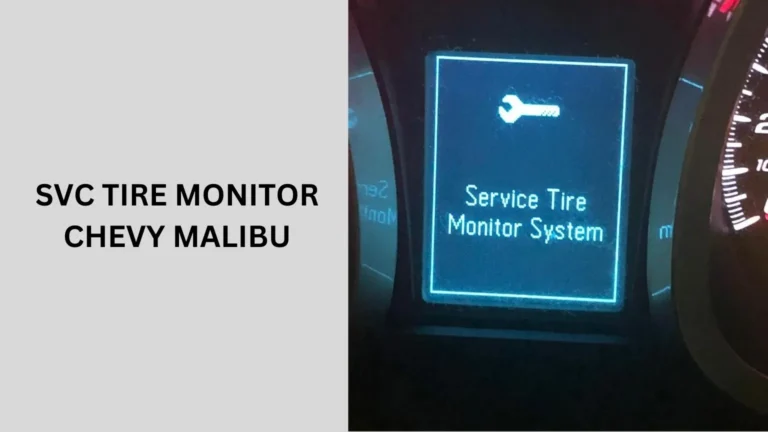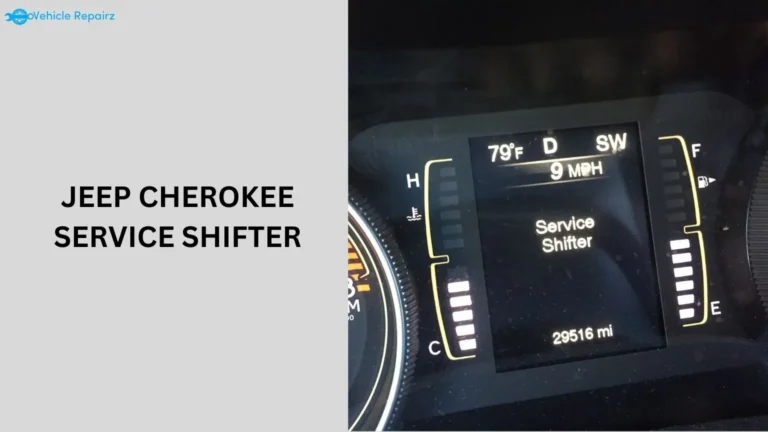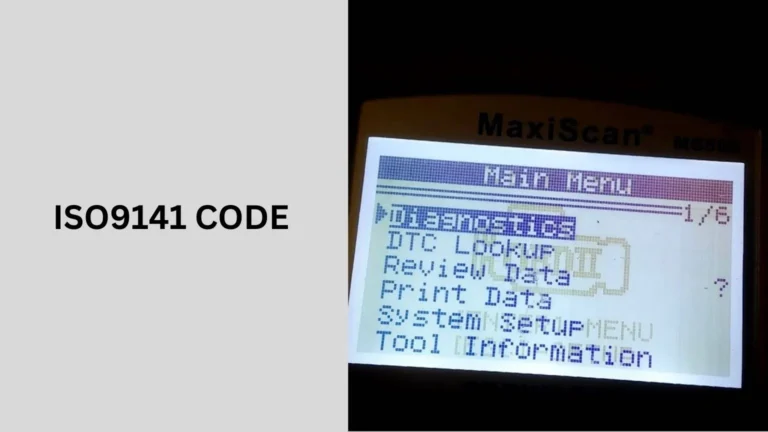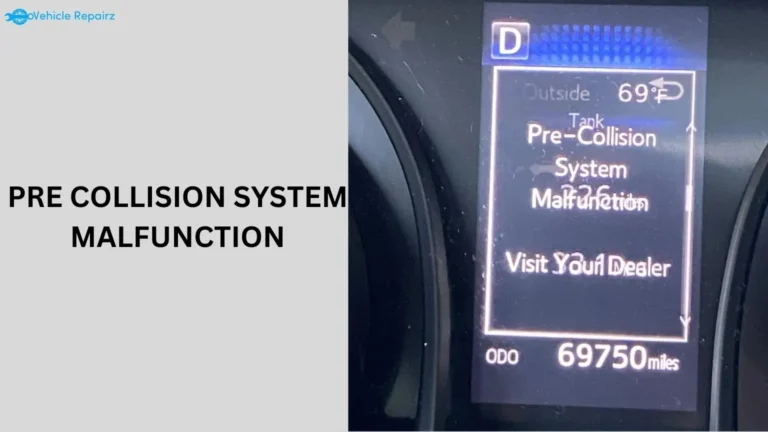VTM 4 Honda Pilot: How It Works and Common Issues?
The VTM 4 Honda Pilot system in a Honda Pilot is a crucial feature for many drivers, especially those dealing with challenging road conditions.
Whether you’re navigating snow, mud, or uneven terrain, the VTM-4 system is designed to enhance traction and stability.
In this guide, we will break down everything you need to know about the VTM-4 Honda Pilot system, from how it operates to common issues you may encounter.
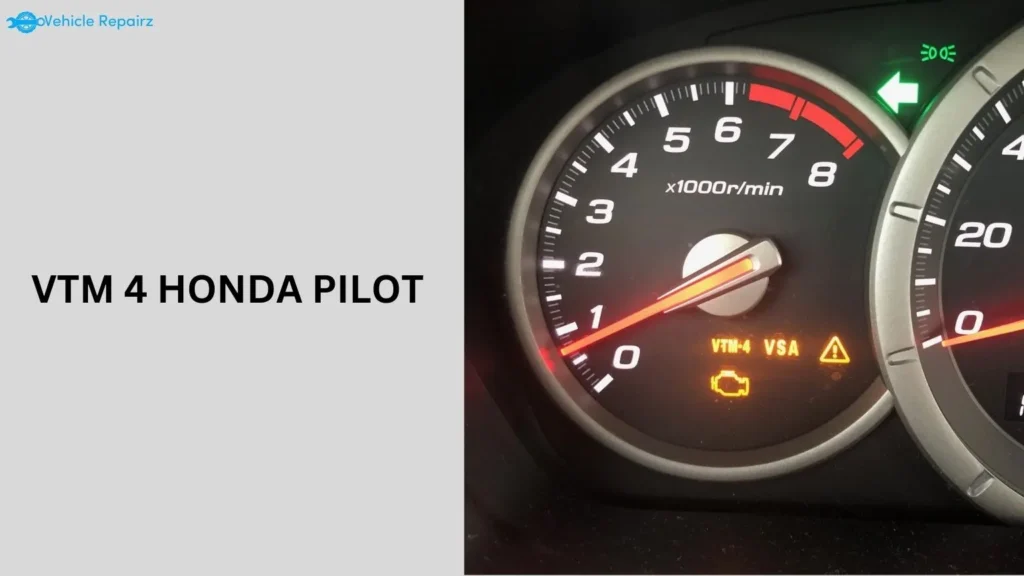
What is VTM 4 Honda Pilot?
VTM-4 stands for Variable Torque Management 4-Wheel Drive. It is Honda’s proprietary four-wheel-drive system that engages automatically when the vehicle detects a loss of traction in one or more wheels.
This system improves handling on slippery or uneven surfaces, offering the security and control many drivers need in unpredictable driving conditions.
How Does the VTM-4 System Work?
The VTM-4 Honda Pilot system uses sensors to detect when your vehicle is losing traction.
When this happens, the system distributes power to the rear wheels to ensure better grip.
Unlike traditional 4-wheel-drive systems, which can be manually engaged, VTM-4 is an automatic system that works without driver intervention.
However, it also has a manual activation option that allows you to lock the rear differential for maximum traction.
Key Features of VTM-4:
- Automatic Activation: Engages automatically when traction is lost.
- Manual Lock Mode: You can manually lock the rear differential for more control in challenging conditions.
- Safety: Enhances vehicle stability on rough terrains or in slippery conditions like snow and mud.
Common VTM-4 Problems in the Honda Pilot
While the VTM-4 Honda Pilot system is generally reliable, there are some common issues that Honda Pilot owners may encounter. Knowing how to identify and address these problems can help you avoid costly repairs.
1. VTM-4 Light Stays On
One of the most common issues is the VTM-4 light staying on continuously. Normally, the VTM-4 light should only come on when the system is engaged or when there is an issue.
Causes:
- Faulty Sensor: A malfunctioning sensor could be sending incorrect signals.
- Traction Control Issue: If there’s a problem with the traction control system, the VTM-4 light may stay on.
- Low Fluid Levels: The differential fluid might be low or need changing.
2. VTM-4 Lock Not Engaging
Another issue is when the VTM-4 lock doesn’t engage when needed. This can be problematic in off-road situations where maximum traction is essential.
Causes:
- Electrical Malfunction: An issue with the electronic controls could prevent the lock from engaging.
- Worn Out Components: Over time, mechanical parts in the system may wear out, preventing the system from functioning properly.
How to Fix VTM-4 Problems in a Honda Pilot?
If you’re experiencing VTM-4 problems in your Honda Pilot, there are several steps you can take to resolve the issue.
Whether it’s a warning light staying on or the system not engaging, diagnosing and addressing the issue early can save you from costly repairs. Here’s how to fix common VTM-4 issues in a Honda Pilot.
1. Reset the VTM-4 System
Sometimes, simply resetting the VTM-4 Honda Pilot system can resolve the issue. To do this, turn off the engine, wait a few minutes, and restart the vehicle. If the light remains on, it’s time to inspect further.
2. Check the Differential Fluid
Low or dirty differential fluid can cause the VTM-4 system to malfunction. Check the fluid levels and top off or replace the fluid as necessary.
3. Inspect the Sensors
A faulty sensor can trigger the VTM-4 light. It’s recommended to have a mechanic check the system’s sensors and replace them if needed.
4. Visit a Honda Dealership
If you’re unable to diagnose the issue yourself, taking your Honda Pilot to a dealership is the best course of action. Technicians can run a diagnostic to pinpoint the problem.
When to Use the VTM-4 Lock Button?
The VTM-4 lock button is a manual control option available in many Honda Pilots. You can use this feature when you need additional traction, such as when you’re stuck in snow, mud, or other low-traction environments.
Steps to Use the VTM-4 Lock Button:
- Slow Down to a stop or low speed (below 18 mph).
- Press the VTM-4 Lock Button, located near the gear shifter.
- Drive Cautiously with the lock engaged, as the vehicle’s handling characteristics will change.
When to Avoid Using VTM-4 Lock
Avoid using the VTM-4 lock on dry, paved roads. Engaging the system on regular surfaces can strain the differential and lead to excessive wear.
Maintenance Tips for VTM 4 Honda Pilot
Regular maintenance is essential to ensure the VTM-4 system in your Honda Pilot functions correctly. Here are some tips to keep the system running smoothly.
1. Regular Fluid Changes
Differential fluid should be changed at regular intervals. Consult your Honda Pilot’s manual to determine the best schedule, but generally, it’s recommended every 30,000 miles.
2. Inspect the System Annually
Having a professional inspect your VTM-4 system annually can catch potential issues early. This will help prevent more severe problems down the line.
3. Pay Attention to Warning Lights
If the VTM-4 light comes on, don’t ignore it. While it may not always indicate a severe issue, addressing the problem sooner rather than later can save you from more costly repairs.
People also ask
What is VTM-4 in Honda Pilot?
VTM-4 in the Honda Pilot stands for Variable Torque Management 4-Wheel Drive.
It’s an automatic four-wheel-drive system designed to improve traction by distributing power to the rear wheels when the vehicle detects a loss of grip on slippery or uneven surfaces.
This enhances stability and control, especially in challenging driving conditions like snow, mud, or off-road terrains.
The system can also be manually engaged through a VTM-4 lock button for maximum traction in tougher situations.
What does it mean when the check engine light and VTM-4 light come on?
When both the check engine light and VTM-4 light come on in your Honda Pilot, it typically indicates a potential issue with the engine or transmission that may affect the 4-wheel-drive system.
This could be related to sensor malfunctions, low fluid levels, or problems with the vehicle’s drivetrain.
It’s important to have the vehicle diagnosed by a mechanic to identify the exact cause and prevent further damage.
Can you drive with a VTM-4 light on?
Yes, you can usually drive with the VTM-4 light on, but it indicates an issue with the 4-wheel-drive system.
While your vehicle may still function, the system may not engage properly, especially in challenging road conditions.
It’s best to get it checked by a mechanic as soon as possible to prevent further complications.
How fast can you drive with a VTM-4 Honda Pilot?
With the VTM-4 system engaged on a Honda Pilot, you should drive below 18 mph when using the VTM-4 lock for maximum traction in off-road or slippery conditions.
For normal driving, without the lock engaged, you can drive at regular highway speeds, as the system activates automatically when needed.
Conclusion
The VTM 4 Honda Pilot system is a highly effective 4-wheel-drive technology that enhances vehicle stability and control in challenging driving conditions.
While it’s generally reliable, being aware of potential issues and knowing how to address them will help you keep the system in top working order.
Regular maintenance, such as checking fluid levels and ensuring sensors are functioning, will go a long way in preventing VTM-4 problems.

